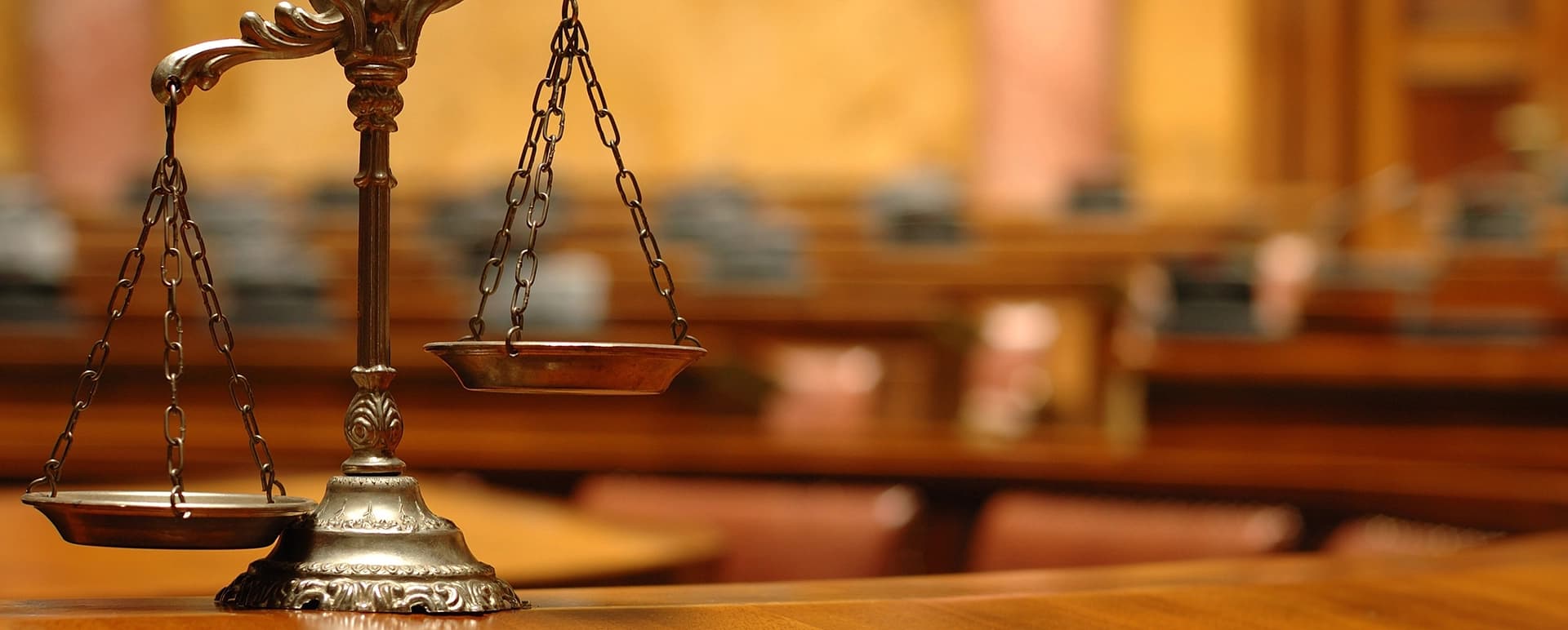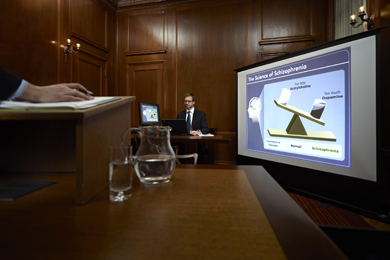Trial Presentation All-Inclusive Services for Complex Court Cases
Trial Presentation All-Inclusive Services for Complex Court Cases
Blog Article
Astound the Court: Essential Components of a Powerful Test Presentation
In the world of legal advocacy, the ability to mesmerize a jury is critical to the result of a test (trial presentation). Crucial components such as comprehending the audience, crafting a compelling story, and mastering spoken and non-verbal interaction are essential parts of an efficient presentation. The strategic usage of aesthetic aids can significantly boost comprehension and retention of crucial arguments. As these factors intertwine, they develop a natural strategy that not just notifies yet likewise engages jurors on several degrees. What specific strategies can absolutely change a typical presentation into a remarkable experience for the jury?

Recognizing Your Target Market
Comprehending your target market is a crucial aspect of effective test discussion. An effective discussion rests on the capacity to understand the demographics, worths, and predispositions of jurors. This understanding informs exactly how disagreements are mounted, evidence is presented, and sob stories are crafted, ensuring that the message resonates with the jurors on a personal degree.
Study shows that jurors come from varied histories and may have varying degrees of comprehending relating to lawful proceedings (trial presentation). Therefore, it is crucial to prevent legal lingo that could push away or puzzle them. Rather, using clear, relatable language promotes engagement and comprehension. In addition, comprehending the jurors' possible predispositions and life experiences permits the trial presenter to prepare for arguments and address issues proactively.
Effective test discussion additionally involves observing jurors' responses during the procedures. Being in harmony with non-verbal hints can provide understanding right into their engagement and receptiveness, allowing for real-time modifications in approach. Inevitably, an extensive understanding of the audience not just enhances communication yet also develops connection, raising the possibility of a positive end result. Engaging with jurors as individuals instead than a cumulative system is vital in cultivating a solid link in the court.

Crafting an Engaging Narrative
Crafting an engaging story is essential in directing jurors with the complexities of a situation. A well-structured story not only simplifies intricate legal principles yet likewise involves jurors on an emotional degree, making the details a lot more relatable and unforgettable.
This message must reverberate with the jurors' worths and experiences, cultivating a link that goes beyond simple facts. This sequential method can assist jurors adhere to the progression of occasions, stressing reason and effect.
Integrating human elements-- such as individual tales or stories-- can even more boost the story's influence. These components evoke empathy, permitting jurors to picture the effects of the case on actual lives. Additionally, employing a consistent theme throughout the discussion reinforces the major debate, making it simpler for jurors to keep critical factors.
Ultimately, an engaging narrative transforms a trial presentation from a plain recitation of realities right into an influential story that astounds the jury, encouraging them to deliberate with both reason and feeling.
Using Aesthetic Help
Incorporating aesthetic aids into a test presentation can significantly boost jurors' comprehension and retention of details. Visual materials such as charts, representations, photographs, and videos can change complicated lawful ideas and proof right into conveniently digestible layouts. By engaging Get More Info multiple senses, these aids permit jurors to imagine the instance's key elements, making it much easier for them to comply with along and understand elaborate information.
Furthermore, well-designed visual aids can emphasize important points and highlight partnerships in between different pieces of proof. As an example, timelines can successfully highlight the sequence of occasions, while annotated pictures can clarify certain details pertinent to check the case. This not just help in understanding but likewise reinforces the narrative presented by the lawyer.
Excessively intricate or messy visuals might bewilder jurors and take away from the message. Eventually, effective visual interaction can be a powerful device in persuading jurors and assisting them reach notified final thoughts.
Understanding Verbal Communication
Reliable spoken interaction is essential in a test discussion, as it serves as the primary methods via which lawyers share their arguments and get in touch with jurors. Grasping this ability includes clarity, persuasion, and engagement. Lawyers need to express their factors clearly and concisely, preventing lawful lingo that may perplex jurors. Simpleness in language promotes understanding and assists jurors comprehend complicated concerns offered during the trial.
Furthermore, tone and pacing significantly impact exactly how messages are gotten. A certain tone communicates authority, while ideal pacing permits jurors to soak up information without really feeling bewildered. Lawyers should additionally differ their vocal inflections to emphasize vital factors and preserve jurors' passion throughout the discussion.
Furthermore, the company of spoken debates is necessary. Structuring the narrative rationally and coherently assists jurors follow the attorney's line of thinking, making it simpler for them to retain critical details. Utilizing persuasive methods, such as narration, can also improve the psychological vibration of the debates offered, consequently developing a much more profound link with jurors.
Ultimately, mastering spoken interaction not only strengthens an attorney's case however likewise fosters depend on and rapport with the court, considerably enhancing the possibilities of a desirable verdict.

Engaging With Body Movement
Nonverbal interaction plays a crucial function in test discussions, usually communicating messages that words alone can not share. Body language, incorporating gestures, posture, faces, and eye get in touch with, substantially influences Your Domain Name exactly how jurors view the trustworthiness and genuineness of the presenter. A positive position, with shoulders back and an open posture, can infuse depend on, while closed-off body movement may recommend defensiveness or uncertainty.

Faces ought to show the feelings connected with the instance, enhancing the narrative being offered. For circumstances, an honest expression during a poignant moment can evoke empathy and enhance the emotional appeal. Ultimately, mastering body language is crucial for effective trial presentations, as it enhances verbal communication and establishes a compelling presence that resonates with the court.
Final Thought
In conclusion, captivating the jury demands a critical method that incorporates comprehending the audience, crafting a compelling story, utilizing aesthetic help, grasping spoken interaction, and engaging with body movement. Each component plays a crucial function in developing an effective trial presentation that reverberates with jurors on both emotional and intellectual degrees (trial presentation). By incorporating these elements effectively, attorneys can dramatically boost their ability to persuade and influence court decision-making
Report this page